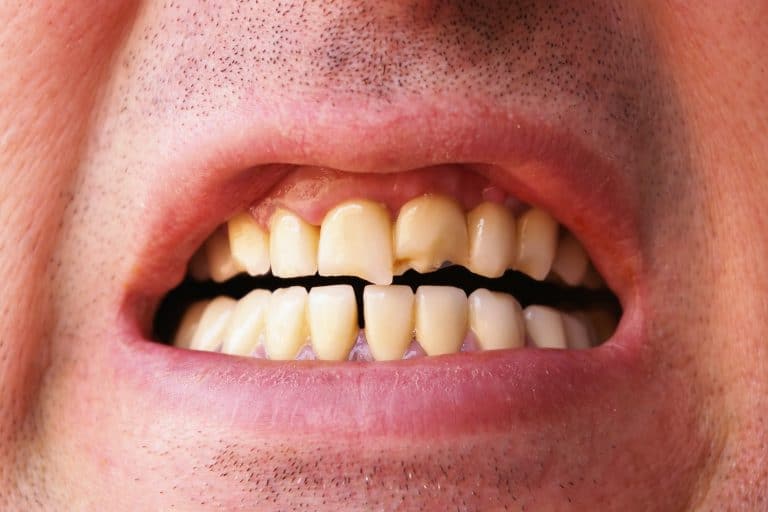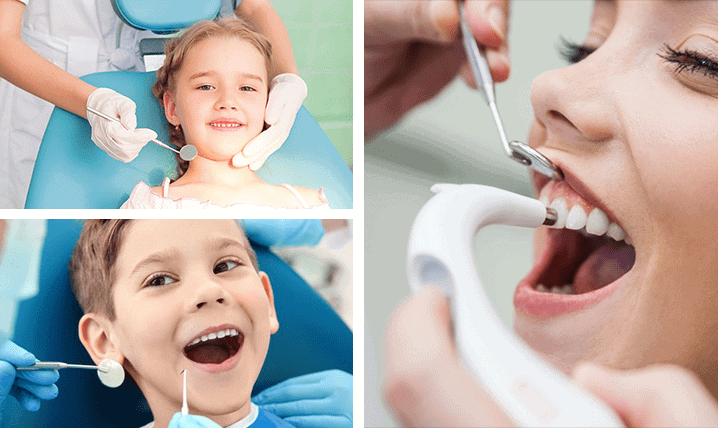Are you due to have wisdom tooth extraction treatment? It is ok to feel nervous about it, and nobody likes to lose a tooth. Although sometimes, it is necessary to preserve the strength of your overall dental health.
Understanding this, along with having an understanding of what to expect before, during and after tooth extraction, can help prepare you before you step foot into the dental practice.
Let’s get started.
What Is Wisdom Tooth Extraction?
Wisdom tooth extraction, also known as 3rd molar extraction, is a common procedure that may be required if the molar is damaging your neighbouring teeth. Wisdom teeth are the last to appear, emerging through the gums in the back of the mouth.
Due to a shortage of room in the jaw, wisdom teeth will most likely be unable to erupt properly. As a result, neighbouring teeth may be pushed into an awkward or mismatched position. When this happens, the wisdom teeth have an impact. Sensitivity, infection, and other oral problems will begin to appear. This means extraction therapy will be necessary to maintain your oral health.
Why Do I Need Tooth Extraction Treatment?
Sometimes, wisdom teeth may not cause any issues. Although, when the wisdom tooth is causing your neighbouring teeth to shift position, causing additional crowding and impacting your bite, this is a sign that the partially erupted molar needs to be removed. These symptoms can cause damage to the surrounding bone and gums too.
What To Expect Before Tooth Extraction Treatment?
Before you step foot in the dental practice, it is important to prepare the right way. Here are some tips to take forward:
- Avoid eating a heavy meal at least 12 hours before the surgery.
- Keep your teeth and gums clean.
- Avoid snacking or smoking before treatment.
What Happens When I Arrive At The Dental Practice?
When you step foot in the dental practice, the oral surgeon will discuss the steps of the procedure with you whilst making sure you’re comfortable and relaxed. This is key so you avoid any dental anxiety. The surgeon will also need to know about your medical history, such as any issues you may have, fears or allergies. This is a good chance to ask any questions about the treatment to the surgeon as well.
What Happens During Wisdom Tooth Extraction Treatment?
The first step will be to apply an anesthetic to the mouth so that the affected area becomes numb. When this happens, you won’t feel any sensations whilst the surgeon removes the tooth safely.
Following the application of the anesthetic, the surgeon will press something sharp against your gum tissue to see if you can feel anything. The socket is then expanded to make it easier for the surgeon to access the molar that needs to be extracted.
Before the molar is gripped from side to side with forceps equipment, the affected area is disinfected. The molar is gently rocked from side to side by the surgeon until it loosens. The molar will ultimately detach from its socket, and the removal process is considered complete.
What Happens After Wisdom Tooth Extraction Treatment?
Once the tooth has been removed, it is important to understand what happens next so that you can recover as quickly and smoothly as possible.
- Stemming The Blood – Blood is a natural symptom after treatment. The surgeon will provide a gauze pad to bite down on until the bleeding begins to stop.
- Anesthetic – Anesthetic will begin to slowly wear off after treatment. This can typically take 1 or 2 days. It is highly recommended that you’re not driving home yourself after treatment.
- Swelling – Swelling will eventually become apparent a day after treatment within the mouth and cheek area. It will get progressively worse before gradually improving. The swelling can be reduced by applying a cold compress for 20 minutes on and off at a time throughout the day.
- Bleeding – Bleeding may persist for the first few days post-treatment. Although, it shouldn’t last for more than that. If it does, consult your surgeon.
What Aftercare Steps Do I Perform At Home?
It is important that you follow surgeon recommendations when it comes to performing aftercare treatment at home. The end goal is to let the blood clot form in the gum pocket. Typically, follow these steps for this to happen:
- Avoid strenuous activity for the first 2 to 3 days.
- Don’t move your mouth too much, which includes excess chewing and speaking.
- Keep your head elevated at a 45-degree angle incline when lying down.
- Eat soft foods so that you’re not moving your mouth too much to bite on food.
- Avoid smoking
- Don’t touch the gum socket until the blood clot has formed.
Are you about to have wisdom tooth removal extraction treatment, and do you have questions? Consult your surgeon to help you prepare.




